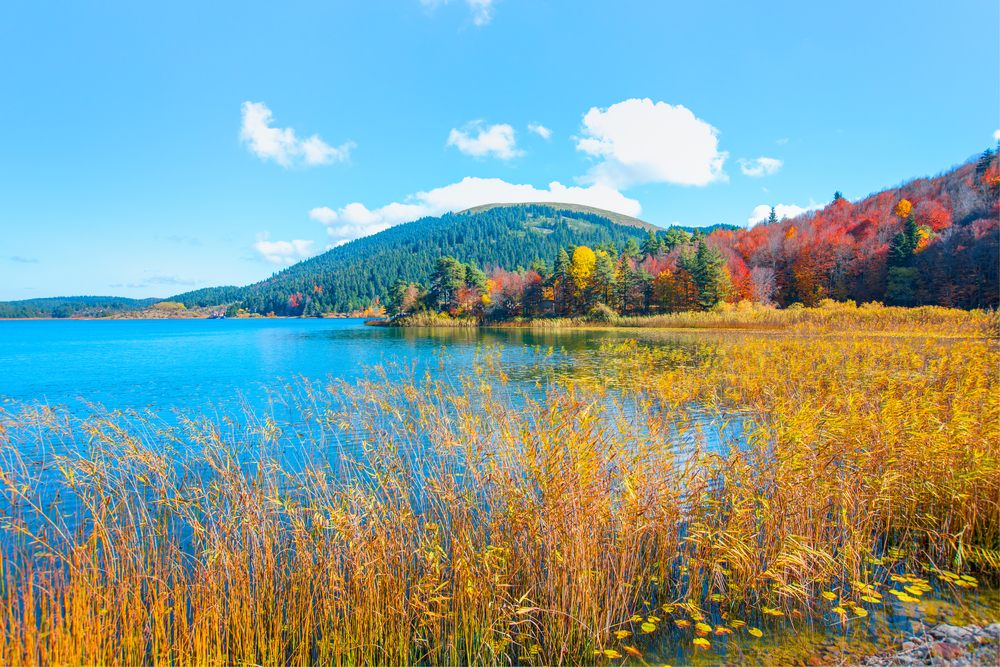Lake Abant Overview
Lake Abant National Park, known locally as Abant Gölü Millî Parkı, is a peaceful and scenic natural area located in the Bolu Province of northwestern Turkey.
The park spans approximately 5.6 square miles, or around 14.5 square kilometers, and centers around the freshwater Lake Abant, a crater lake formed by ancient landslides in a high valley of the western Black Sea region. Resting at an altitude of 1,328 meters above sea level, the park features a gently undulating landscape of forested slopes, flower-filled meadows, and clear mountain air.
The terrain is mostly hilly rather than rugged, creating a serene and accessible setting that attracts visitors year-round. The lake, approximately 45 meters deep, serves as the heart of the park, its calm waters reflecting the surrounding pine-covered ridges and seasonal colors.
Vegetation in the park is diverse and lush, reflecting the region’s cool, humid climate. Forests of Scots pine, fir, beech, and oak cover the hillsides, interspersed with patches of maple and linden. In the spring and summer, the meadows around the lake come alive with wildflowers, including crocuses, daisies, and various endemic species.
The autumn season transforms the park into a tapestry of golden and russet tones, while winter blankets the area in snow, making it a favored destination in all seasons. The combination of forest, freshwater, and grassland habitats provides a refuge for a wide array of plant life, some of which are unique to the Abant region.
Wildlife in Lake Abant National Park includes a mix of forest and freshwater species. Mammals such as red deer, roe deer, wild boar, and foxes roam the woodlands, while squirrels, hares, and badgers are more commonly seen along the trails.
The lake and its surroundings attract birdlife year-round, with common sightings including grey herons, coots, grebes, and woodpeckers. In spring and summer, migratory birds add to the variety, while raptors like buzzards and hawks can be spotted soaring above the treetops. The lake is also home to the native Abant trout, a subspecies found only in this location, making it ecologically significant.
Popular features of the park include the 7-kilometer walking and cycling path that circles the lake, offering panoramic views, picnic spots, and access to forest trails. Horse-drawn carriages and rental bikes provide leisurely ways to enjoy the scenery, and designated picnic areas invite families and groups to relax lakeside.
In winter, snowfall transforms the park into a quiet wonderland for snowshoeing and photography. The area’s natural charm, combined with its easy accessibility from Istanbul and Ankara, makes it one of Turkey’s most beloved nature escapes.
Visitors engage with Lake Abant National Park through walking, hiking, cycling, photography, and seasonal activities like snow trekking. The park is also a popular setting for nature retreats, educational trips, and eco-tourism.
Accommodations and small lodges nearby allow for overnight stays, giving visitors the chance to experience the lake and its surroundings in different lights and seasons.
Conservation efforts have focused on maintaining water quality, protecting native flora and fauna, and managing visitor impact. Challenges include increasing tourism pressure and seasonal congestion, particularly in summer and on holidays.
However, park authorities have implemented infrastructure improvements and educational initiatives to support sustainable visitation. The continued protection of the Abant trout and surrounding forest ecosystems remains a key goal of park management.
Park Map
Lake Abant National Park Highlights
Share your clicks with us
Related National Parks More Turkey
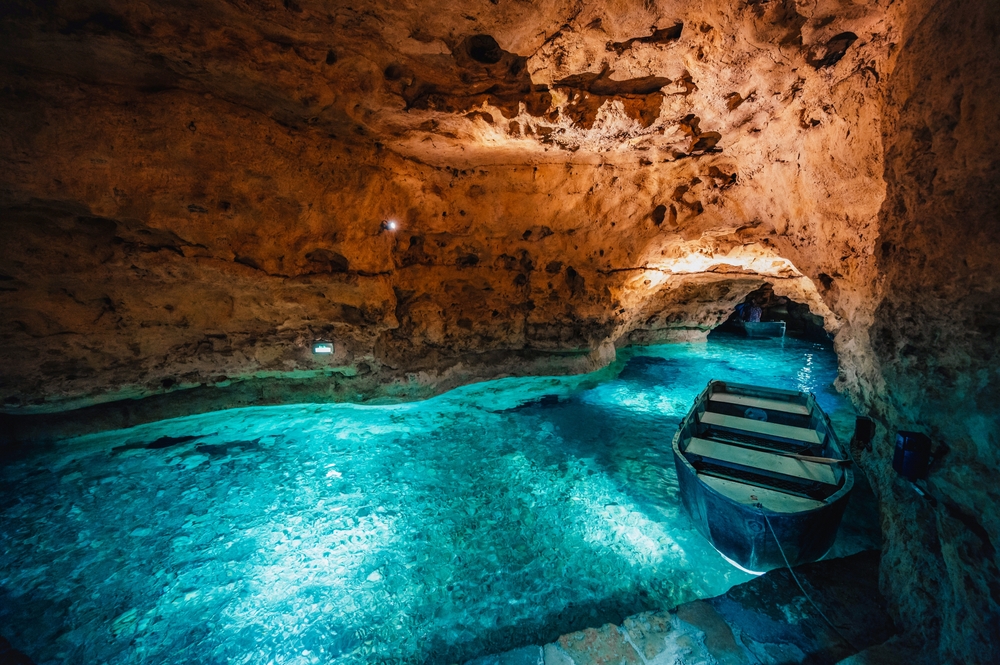
Derebucak Çamlık Caves National Park

Hakkâri Cilo-Sat Mountains National Park
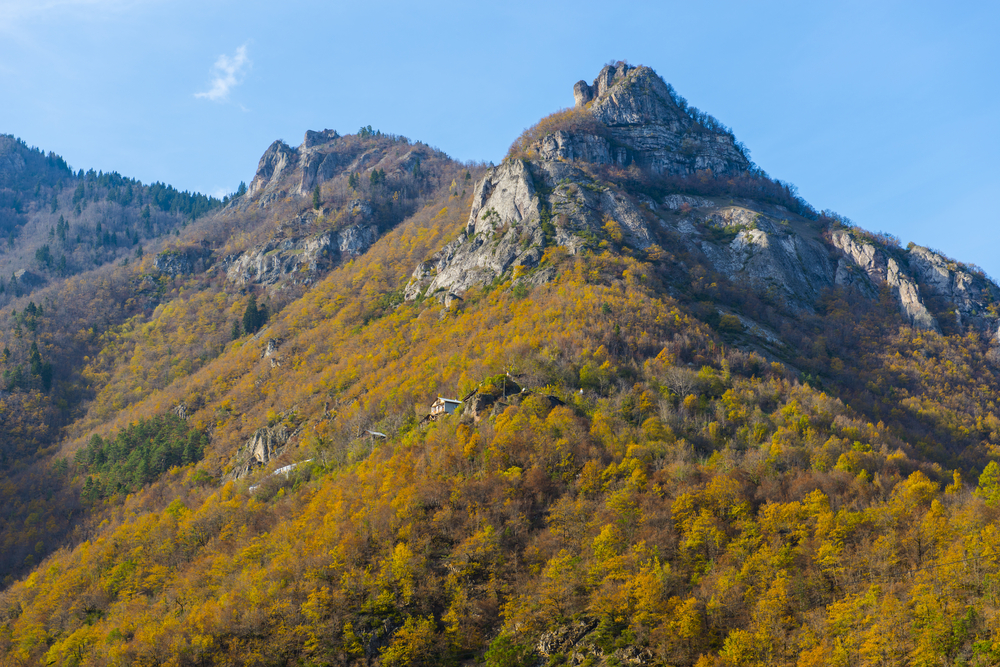
Hatila Valley National Park
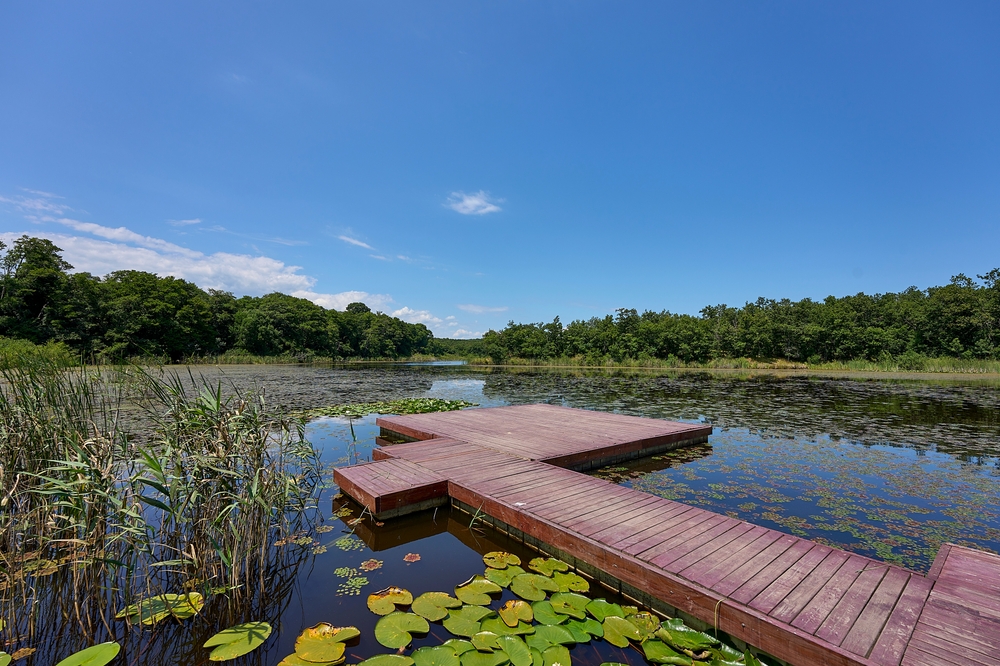
İğneada Floodplain Forests National Park

Köprülü Canyon National Park
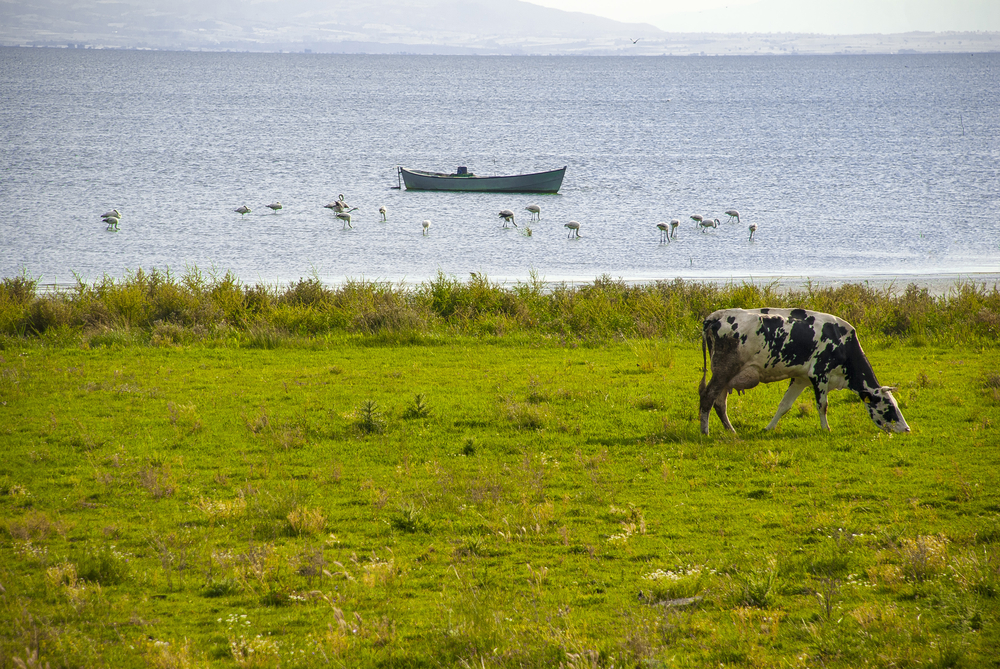
Kuşcenneti National Park

Küre Mountains National Park
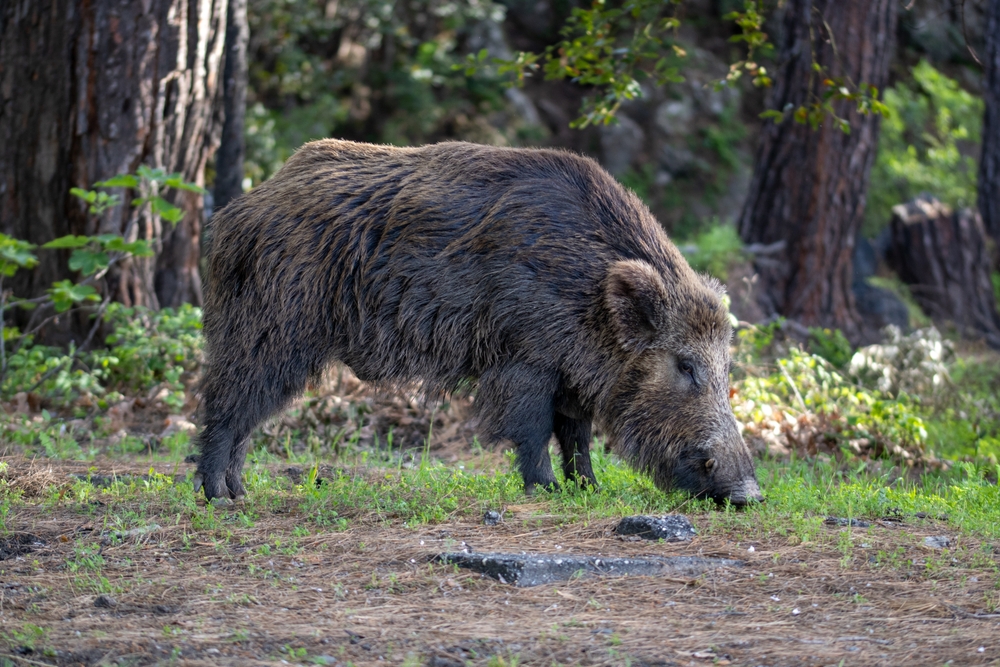
Kızıldağ National Park

Karagöl–Sahara National Park









































































